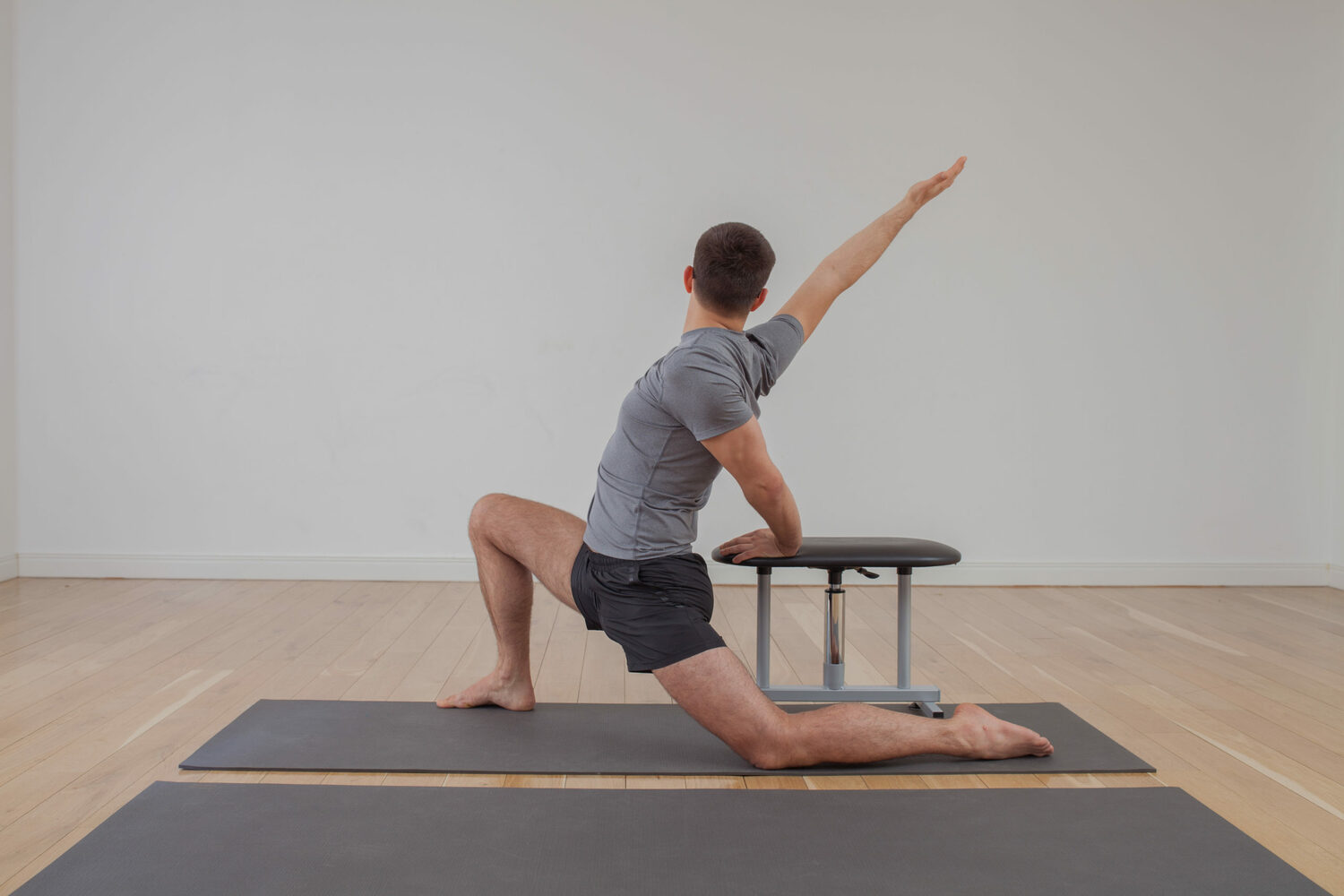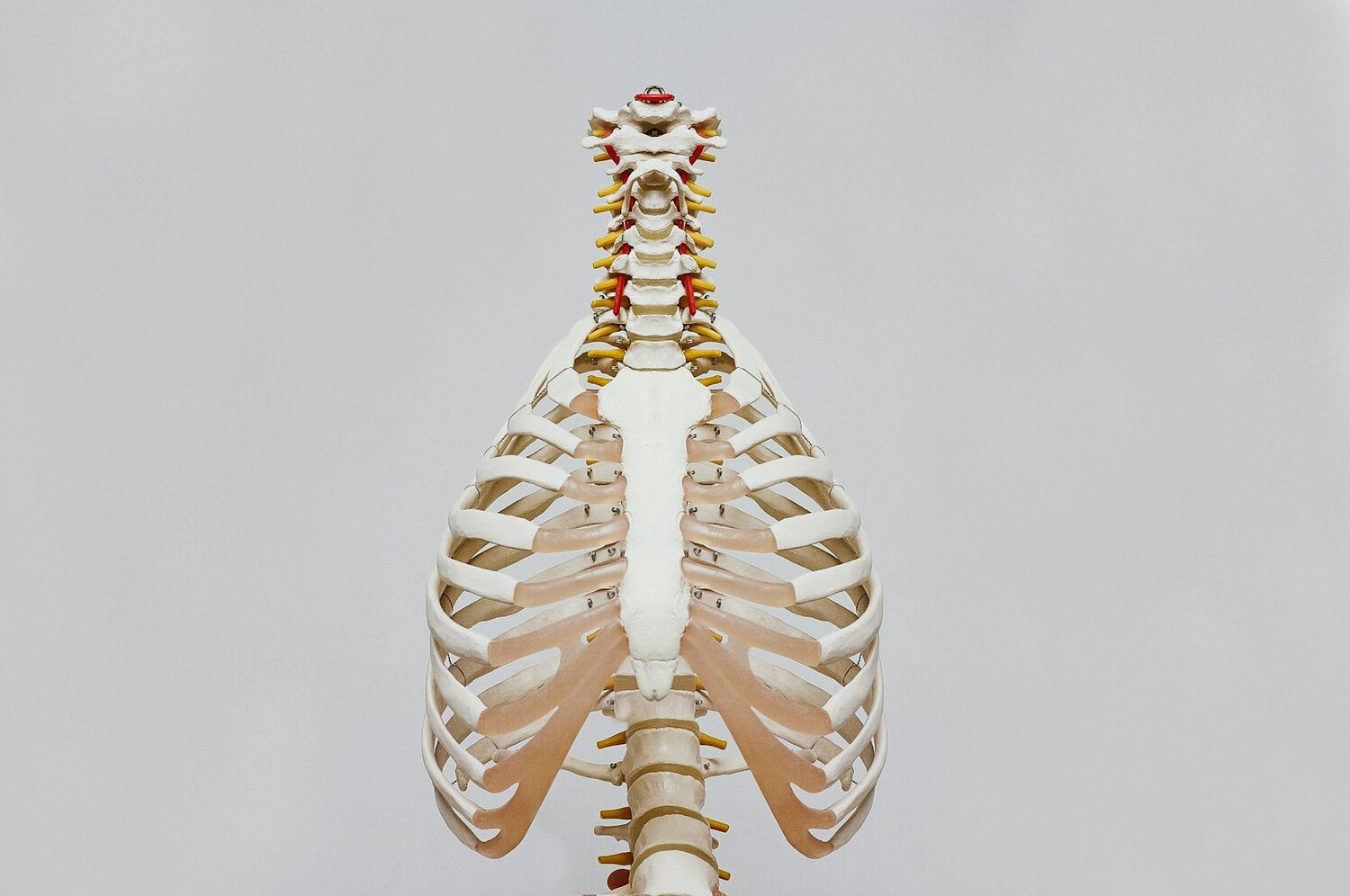Align your body with Zoga practice
Join 12 steps of Zoga Movement Integration Practice
Zoga Movement: Transform Your Posture and Enhance Mobility
ZOGA Multidimensional Movement
ZOGA Multidimensional Movement is a therapeutic approach inspired by Structural Integration principles. It emphasizes smooth fascia work and balancing muscle tension to optimize body function. Through a combination of movement and manual techniques, ZOGA aims to correct structural imbalances and enhance motor coordination. Its primary objective is to help the body restore its natural form and integrity.

ZOGA MOVEMENT Principles
Directionality of Tissue Movement: Tissues can be pulled or pushed in specific directions, but they may not have equal ability to move in opposite directions.
Freedom and Autonomy of Structures: Tissue movement relies not only on stretching or compression but also on how structures interact with their surroundings. Autonomy of structures, including nerves, blood vessels, and organs, is crucial for understanding biomechanics.
Anatomy Trains Mapping: We utilize Anatomy Trains maps to assess and intervene in the myofascial system. These interconnected muscle chains are involved in movement across all planes.
Dynamic Tension Changes: Dysfunction and movement cause constant tension shifts within Anatomy Trains due to mechanical connections in joints, which can alter pulling directions on tissues.
Individual Alignment: Each person has a unique alignment pattern. Our aim is to align with the balanced patterns represented by Anatomy Trains, reflecting correct anatomical connections.
Adaptive Muscle Function: Muscles adapt their function based on the body's spatial organization. Flexors can act as abductors or adductors, and vice versa, depending on gravitational patterns and body positions. Different gravitational relationships also affect muscle function during movement.

ZOGA Movement Practice, typically conducted in group classes, serves as a form of self-assessment and therapy. Participants gain awareness of their bodies through movement, identifying limitations and areas needing mobilization. The practice addresses every aspect of the body, promoting gentle and safe mobilization to restore balance.
Goals of ZOGA MOVEMENT
- Restore Balance: Correct structural imbalances and enable movement by removing restrictions.
- Enhance Tissue Function: Create new movement potential for tissues, improving nutrition, immune response, and metabolism.
- Emotional Well-being: Release emotional patterns through movement, fostering positive changes in behavior and emotional states.
- Freedom of Movement: Achieve pain-free, graceful movement with minimal energy expenditure.
ZOGA explores various body positions in relation to gravity, creating diverse motion vectors. Using Anatomy Trains maps and Yoga asanas, it guides biomechanical interventions to reshape the myofascial system. This supports the goals of Structural Integration, fostering lasting pattern changes.
Proper alignment around the central axis or center of gravity reduces energy expenditure and minimizes the risk of injuries. Misalignment can lead to muscle tension and pain, affecting overall body function.
ZOGA MOVEMENT focuses on diagnosing the root cause of biomechanical issues and uses precise techniques to address them. By improving posture and movement quality, symptoms can diminish. The method aims to impact individuals emotionally, physically, and energetically, promoting positive changes and greater body awareness.
Clients often report relief from pain, increased movement potential, heightened body awareness, and improved overall well-being after engaging in ZOGA MOVEMENT. The practice fosters a sense of lightness, vitality, and comfort in one's body, unlocking each individual's potential for positive transformation.
Your cart is empty
0
item(s)
/
AU$0
Checkout
Clear cart
